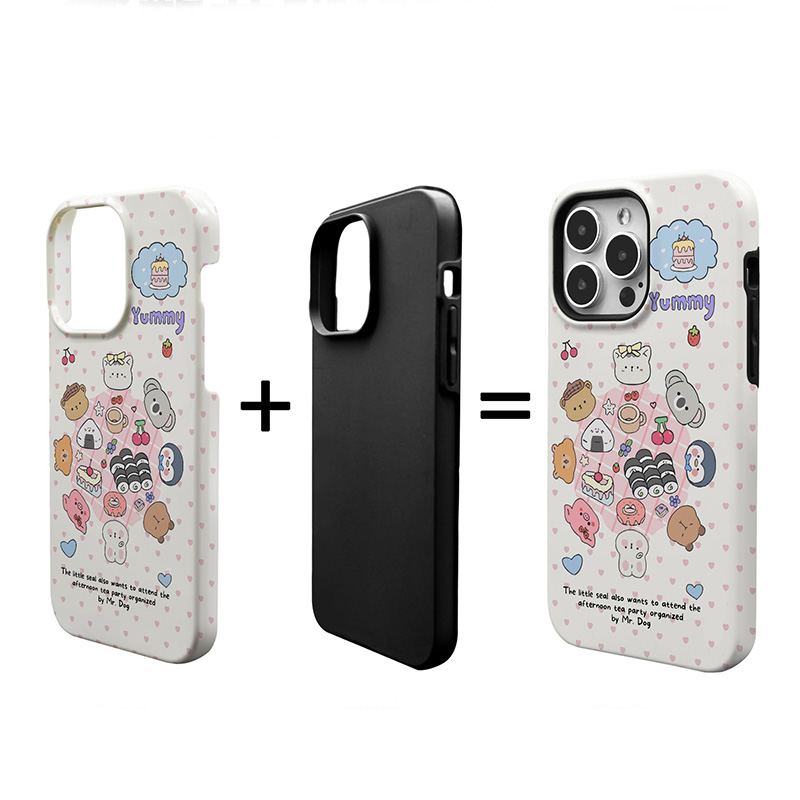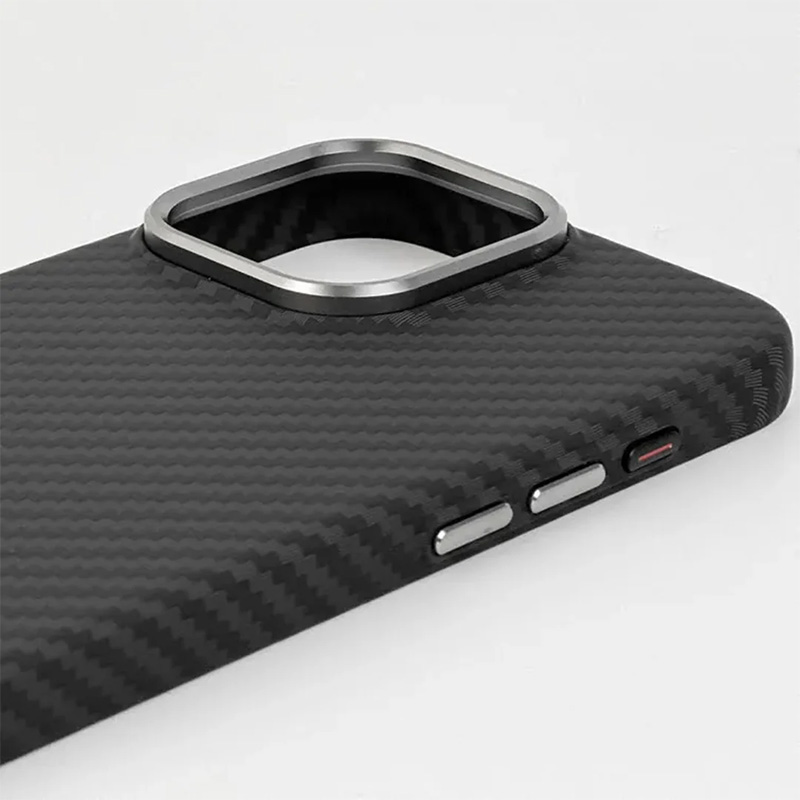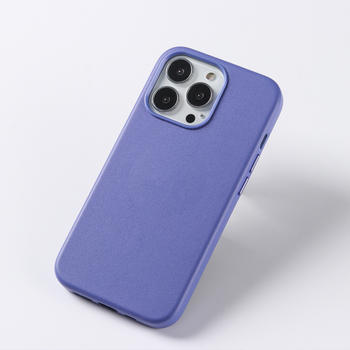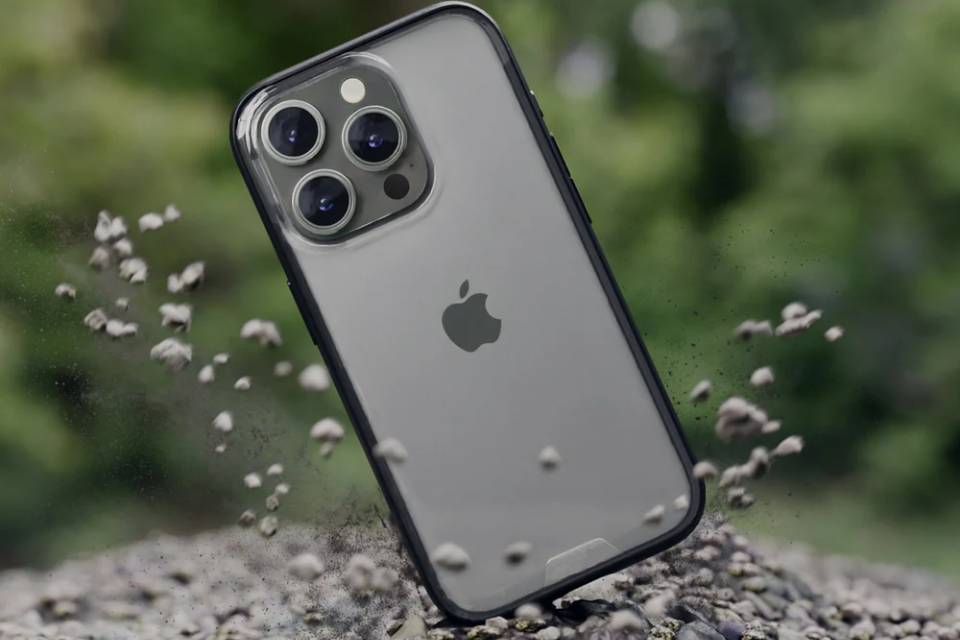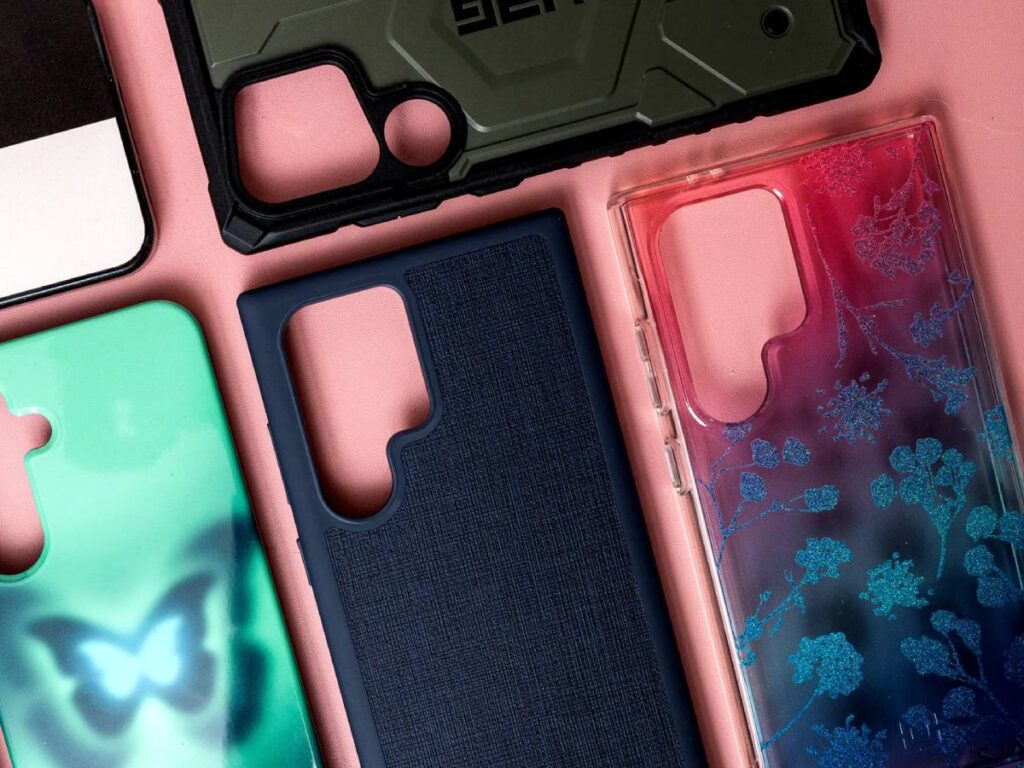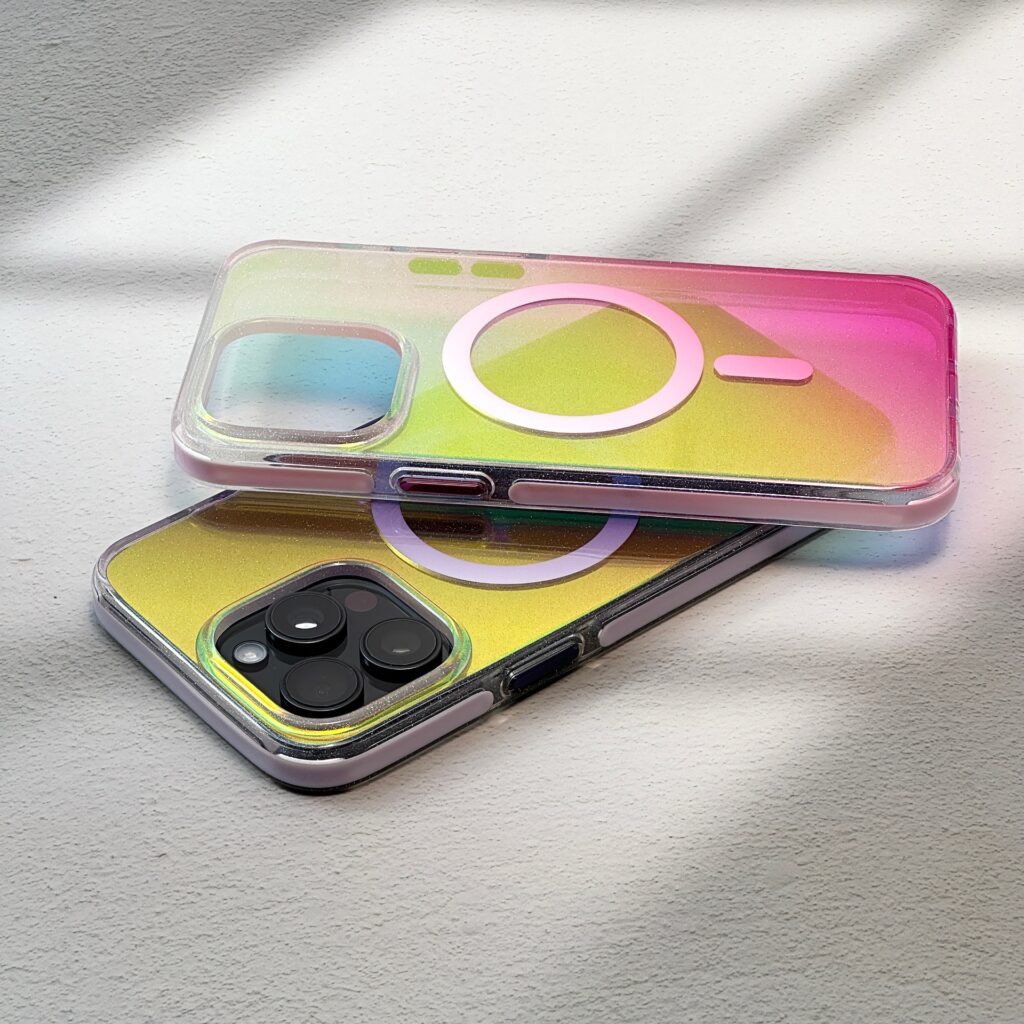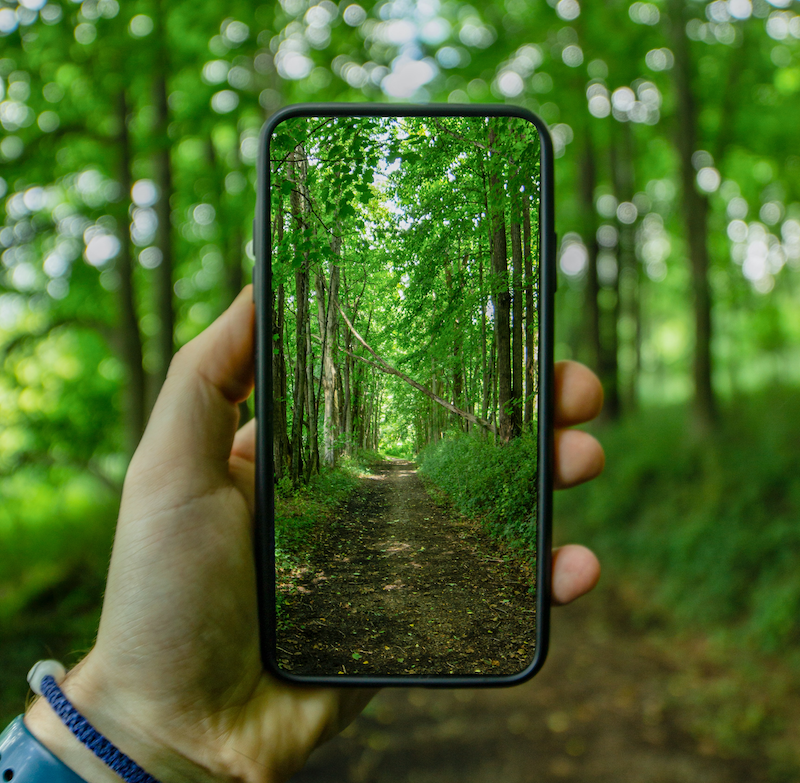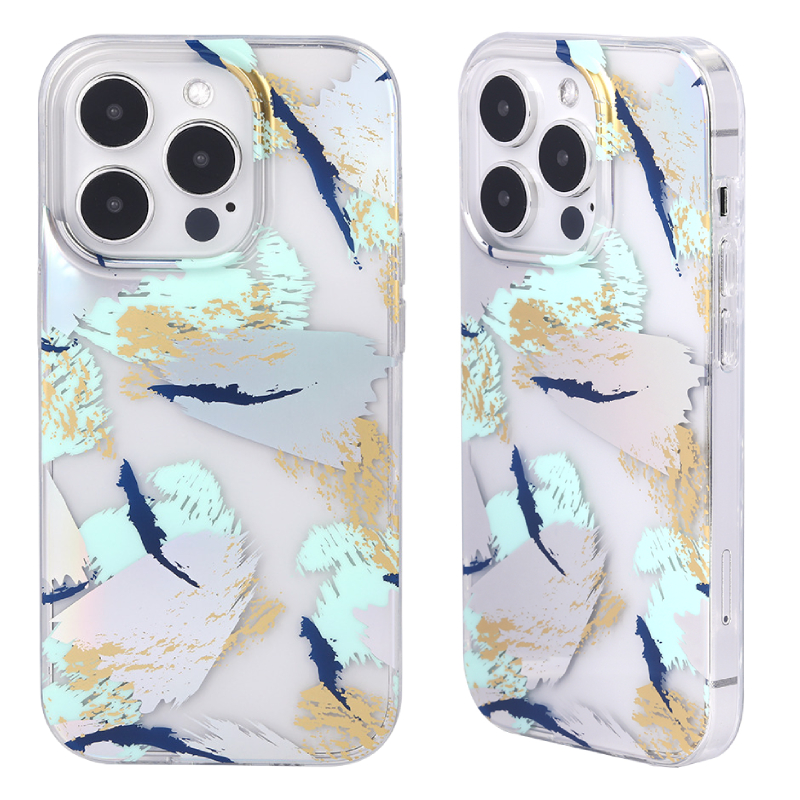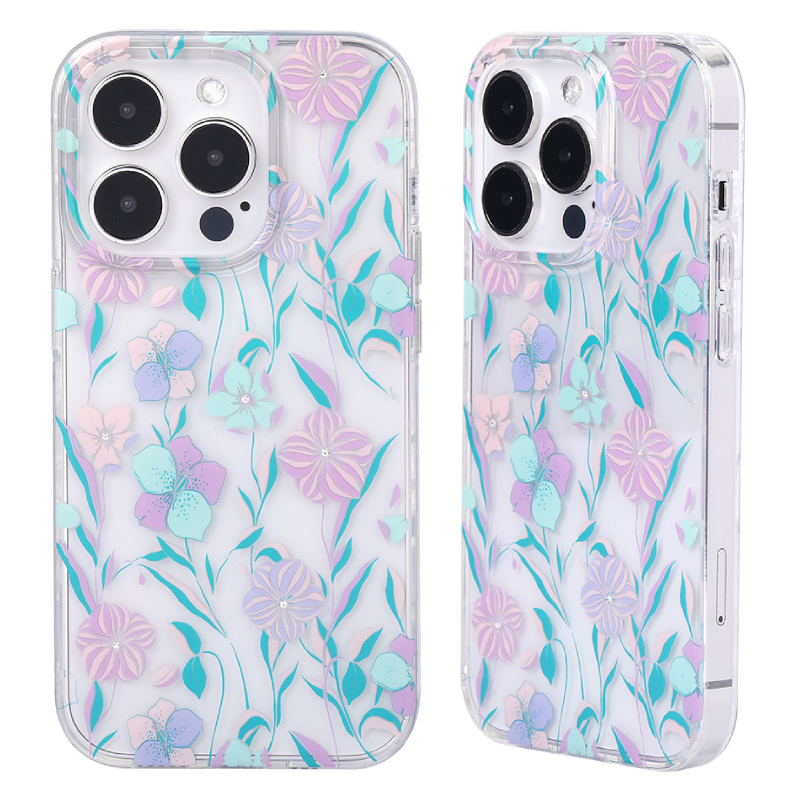The widespread use of plastic cases for mobile phones raises significant environ- mental concerns, particularly related to waste generation and the sustainability of materials. One of the primary issues is the non-biodegradability of many plastics, such as polycarbonate, which can persist in landfills and natural environments
for hundreds of years, exacerbating the global plastic pollution crisis. This longevity contributes to the accumulation of plastic waste and poses risks to wildlife and ecosystems as these materials break down into microplastics, potentially enter- ing the human food chain.
Recycling challenges further complicate the environmental impact of plastic phone cases. The diverse composition of plastics, particularly in mobile cases, makes it difficult to sort and recycle them effectively. For instance, polycarbonate mobile cases often contain various additives that hinder the recycling process, resulting in a substantial amount of waste being directed to landfills or incinerators. Currently, less than 10% of the total plastic produced is recycled, with nearly half of plastic waste originating from the packaging industry and about 10-15% from consumer electronics. The economic viability of recycling plastics is also a concern, as the cost of recycling often exceeds the value of the recovered materials.
In response to these environmental challenges, there is a growing industry movement toward sustainable alternatives to conventional plastic cases. Biodegradable materi- als, such as polylactic acid (PLA), derived from renewable resources, are emerging as viable substitutes that can significantly reduce environmental impact. Additionally, some manufacturers are utilizing post-consumer recycled plastics, such as recycled polyethylene terephthalate (rPET), which not only diverts waste from landfills but also reduces the demand for new plastic production.
Moreover, companies are increasingly adopting eco-friendly practices, such as using sustainable materials for packaging and donating portions of sales to environmental causes. This shift reflects a broader consumer demand for environmentally responsible products, signaling that the balance between innovation in product design and sustainability is crucial for the future of the mobile accessories market. As consumers become more environmentally conscious, manufacturers are motivated to enhance their recycling initiatives and create high-quality, eco-friendly products that align with sustainability goals.
